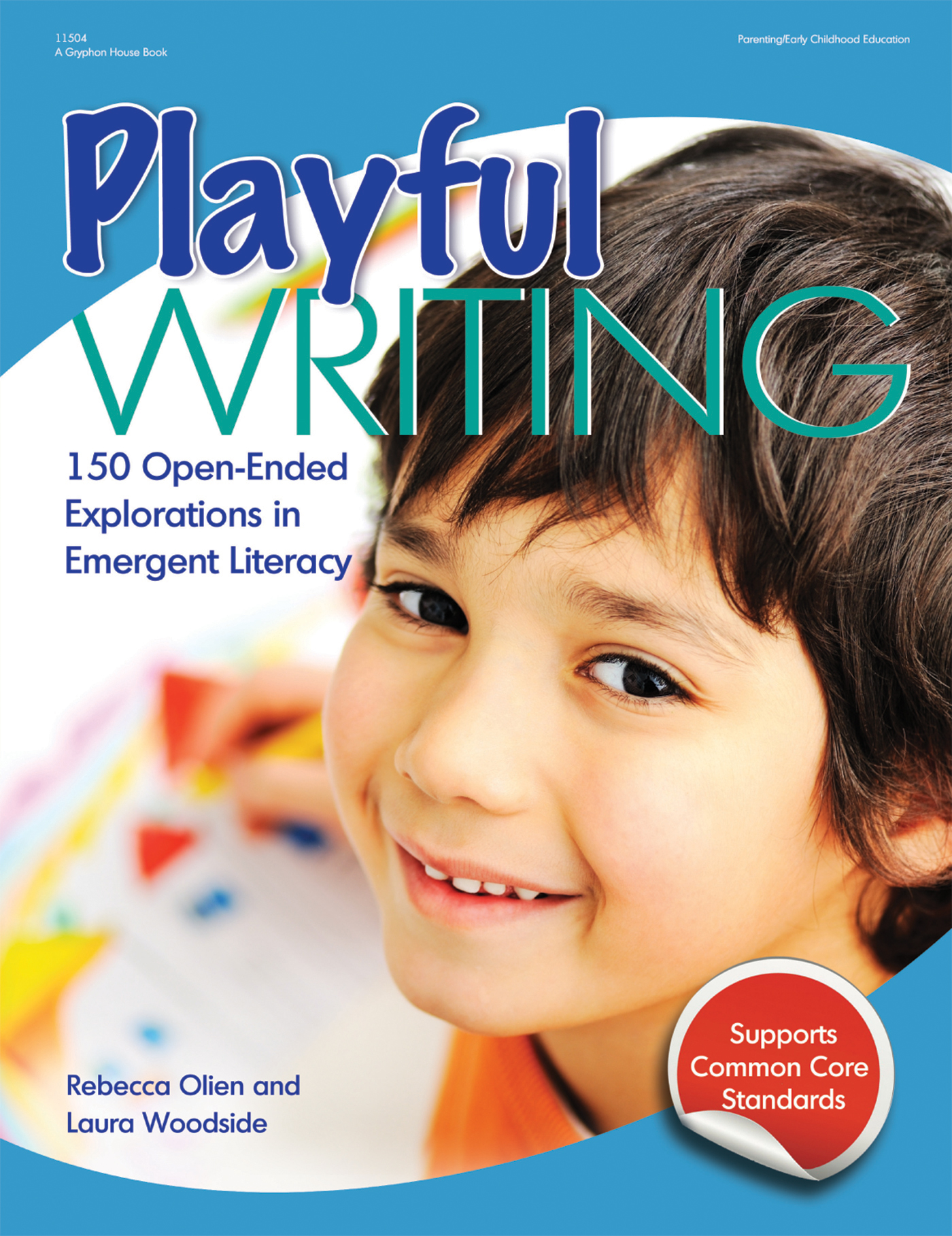Children love poetry. From nursery rhymes to nonsense songs, little learners are drawn to language and the way it can be used to create interesting sounds and stories. When babies first begin experimenting with language, they often start by repeating rhyming sounds or making up songs that let them play with words and rhythms. They make their own poetry! The same can be said of preschoolers learning to write. Poems are a great place to start exploring emergent literacy.
Rebecca Olien and Laura Woodside explore this concept and more in their book Playful Writing: 150 Open Explorations in Emergent Literacy. This book offers dozens of activities that encourage young children to read and write, including this acrostic poem activity! Acrostic poetry is a form of poetry in which the first letter of each line helps make a word that is the subject of the poem. This style of poem encourages children to use descriptive language and letter recognition skills. Give this activity a try, and spark your children’s love of language!
Butterfly Flutter Poems
Materials:
- 12” x 8” brightly colored paper
- Markers
- Glue
- Stick-on eyes, cotton balls, buttons, and so on
- Dry-erase board and markers
What to Do:
- Before the activity, cut out butterfly shapes from the colored paper.
- Give each child a butterfly cutout, and provide markers and materials for the children to use to decorate their butterflies any way they wish.
- Once the children have decorated their butterflies, have the children gather in front of the dry-erase board.
- Tell the children you are going to write an acrostic poem about butterflies. Write the word “butterfly” vertically on the board in big letters.
- Ask the children what words they would use to describe their butterflies using the letter B. Choose the most popular answer and write it out beside the letter B on the board.
- Continue this for each letter on the board. The children may need help thinking of words for unfamiliar letters like U. Offer suggestions when they seem stuck.
- When the poem is complete, encourage the children to write it on their butterflies in marker or to create their own unique butterfly poems.
Instructions
* Write the letters on a large board for all the children to see.
What to Do
1. Read one or more of the books about lakes and ponds (see list for
suggestions). Ask the children what they know about lakes or ponds. Discuss
the importance of safety and of staying with an adult at a lake or pond.
2. Talk with the children, explaining some of the following points about lakes and
ponds:
* Animals and plants live together in lakes and ponds.
* We should never throw trash or garbage into the water.
* We always leave the animals and birds alone.
* We don't pick the plants.
* Lakes are bigger than ponds.
* Lakes are too large to support plant growth at the bottom, while ponds
have plants growing throughout.
* People like to fish, swim, and boat on lakes.
3. Write "lake" and "pond" on the board. Have the children practice writing the
letters for "lake" and "pond" and signing their names. Some of the children
might want to list more words related to lakes and ponds. If so, add those to
the board.
Assessment
Consider the following:
* Can the children tell you the difference between a lake and a pond?
* Do the children know what to do when they see a bird or animal? Ask them
about the plants. What do people like to do at lakes?
